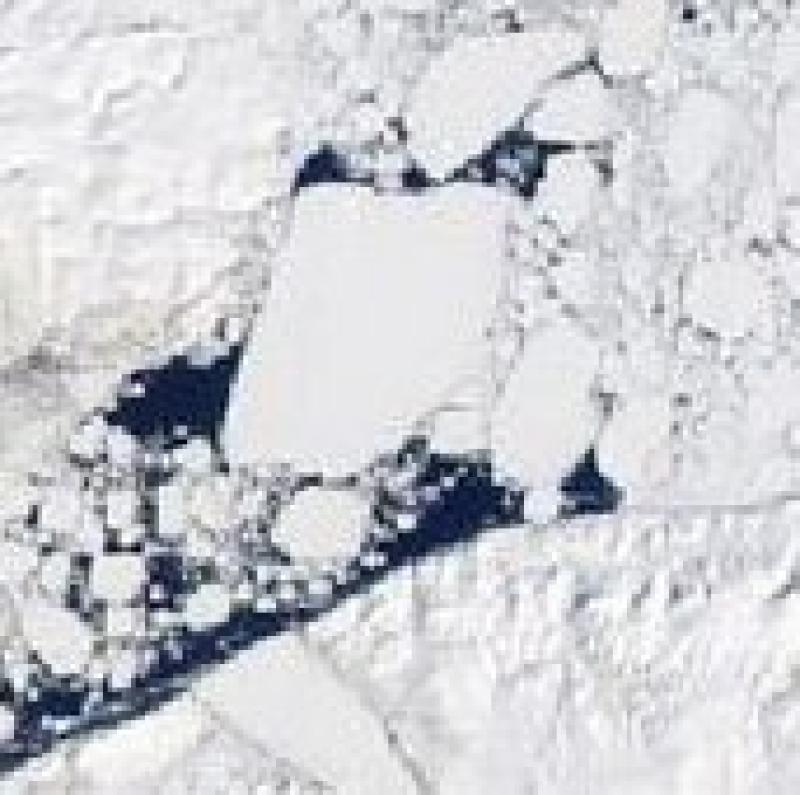The Gateway Protecting the Arctic's Oldest Sea Ice Has Collapsed Months Ahead of Schedule




Normally, Baffin Bay just south of the Nares Strait remains closed off to marauding sea ice from the north until June, July or even August, thanks to the presence of an ice jam that forms at the strait’s northern mouth between November and January, taking on a spectacular, arch-like shape. This year, however, the Nares Strait arch began to disintegrate in March. Kent Moore, a sea ice researcher at the University of Toronto described its collapse as “pretty rapid,” with the arch gone in the span of just a few days.
While it still isn’t clear what exactly prompted the opening of this proverbial floodgate, it’s not the first time it’s happened. A similar premature breakup occurred in May 2017, and Moore’s research pegged that event on a bout of unusually strong spring winds. Based on the cloud pattern in satellite imagery taken on March 19, just days before this year’s breakup, Moore suspects winds may one again have played a key role, an idea he’s continuing to investigate.
It’s likely that climate change is also playing a role. The Arctic is warming twice as fast as the rest of the planet and sea ice is thinning everywhere. Mark Serreze, director of the National Snow and Ice Data Center, told Earther that while you can’t say lot definitively looking at just one year, “when you get a thinner ice pack it’s a weaker ice pack and gonna be more easily broken up.”
The arch may simply not be as robust as it once was, which could help explain why it also had early breakups in 2008 and 2010, and why it didn’t form, at all, in 2007, as NASA’s Earth Observatory notes . “The fact that you’re seeing several of these early breakups in the last decade, it’s consistent with an overall warming of the Arctic,” Serreze said.

The premature breakup of this icy juncture is liable to spell bad news for old Arctic sea ice, the stuff that survives the summer melt to last for multiple years and which is already in a severely diminished state . Serreze explained that while a different pathway—the Fram Strait between east Greenland and Svalbard— “rules the day” in terms of the total volume of ice exiting the Arctic, thick, multi-year ice tends to pile up along the shores of the Canadian Arctic Archipelago and northern Greenland. That ice is more likely to make a break for the south via the Nares Strait. So when its gateway opens months early, there’s that much more opportunity for old ice to migrate south and melt.
Loss of that ice is an issue not just for the polar bears that depend on it as habitat, but for the Arctic as a whole, which relies on its summertime sea ice to reflect sunlight and keep its cool.
The area of the high Canadian Arctic around the Nares Strait is where climate models project that older, multi-year ice will hang on the longest. This has prompted conservation groups like the World Wildlife Fund to push for greater ecological protections there, in what it’s dubbed the “Last Ice Area.” Moore supports those protections—but at the same time, he worries about what earlier and earlier openings of the Nares Strait will mean for the region as a whole.
“[The Last Ice Area] may not persist as long as people think if this is a new mode of ice loss,” he said.
Tags






